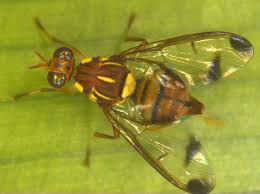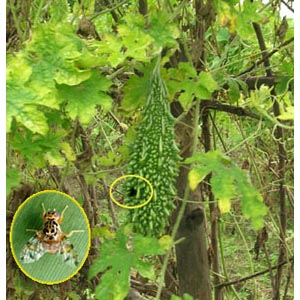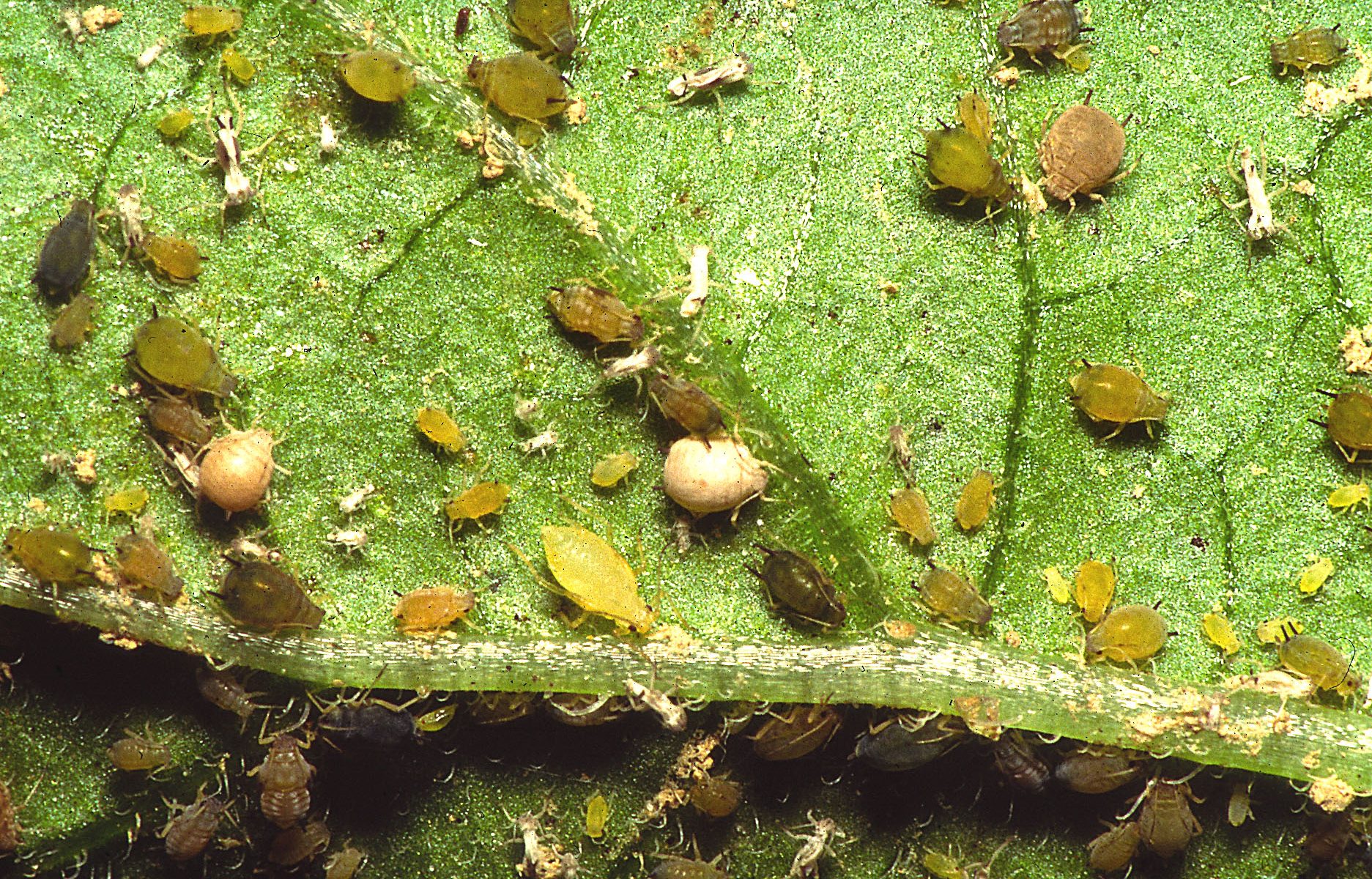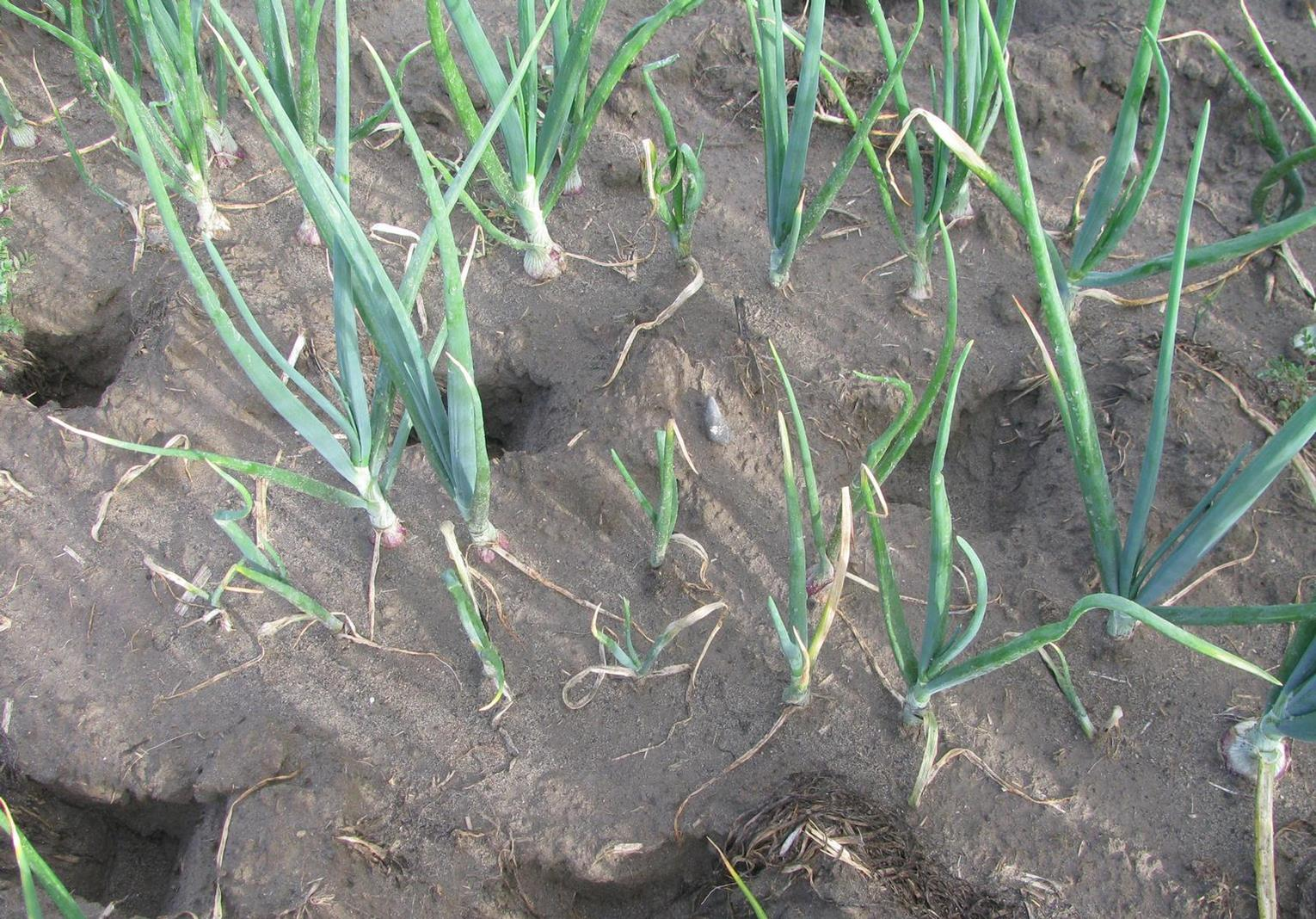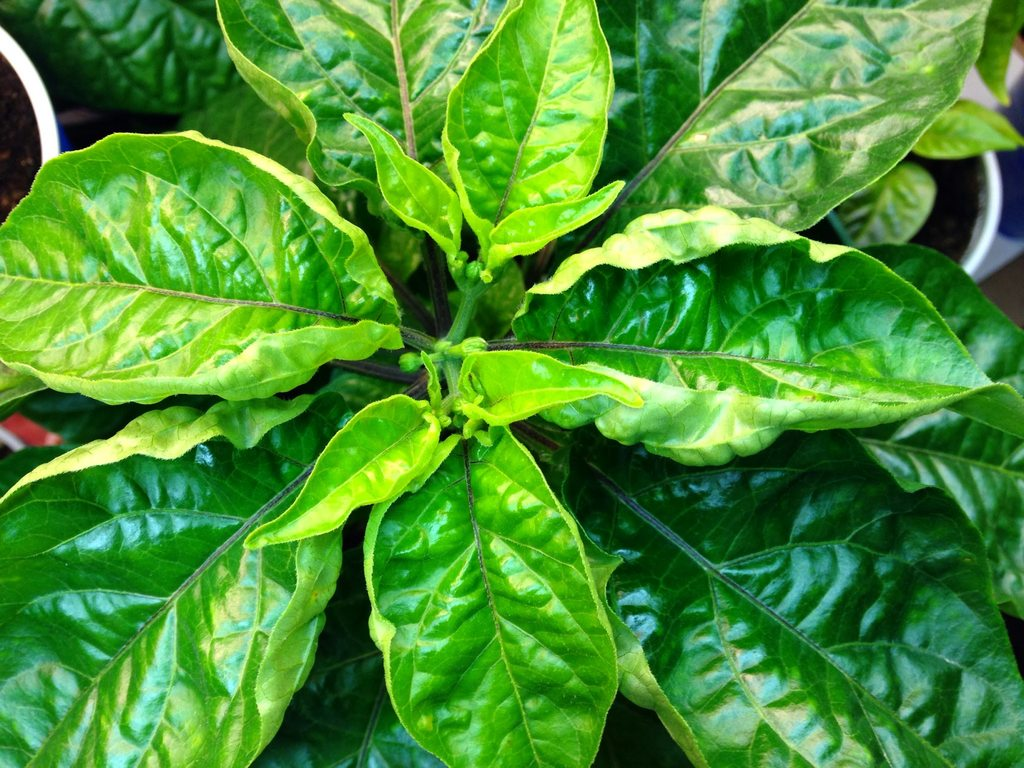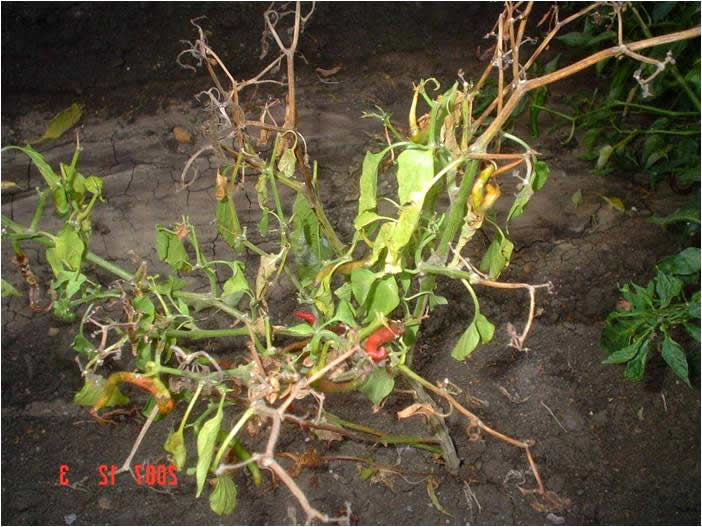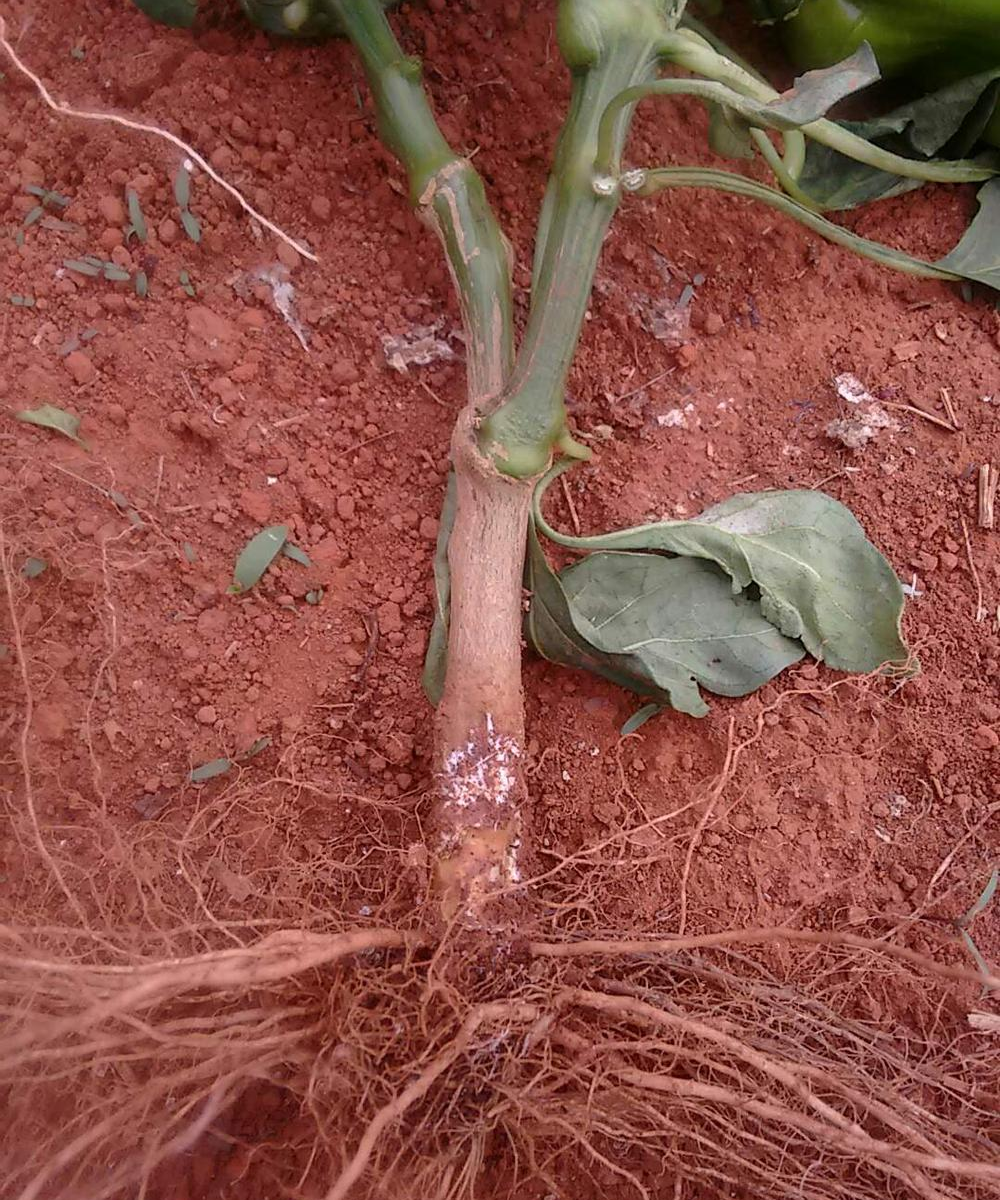- Collect and destroy infested fruits.
- To prevent egg-laying, fly traps(pheromone trap) can be set up in the field with 1% Methyl Eugenol or Citronella oil or Vinegar or Dextrose or Acetic acid or Lactic acid.
- Cover developing fruits with paper or polythene cover immediately after anthesis pollination.
- Maize plants grown in rows at a distance of 8-10 cm in the field is effective as flies rest on such tall plants.
- Deep plowing to expose hibernating stages.
- spray dichlorvos 76% EC 250 to 500ml/acre or
- Lambda Cyhalothrin 4.9%CS @ 200 ml/acre. or
- Profenofos 40%EC + Cypermethrin 4 %EC @ 400 ml/acre
Like and share with other farmers by clicking on the button below.
Share
